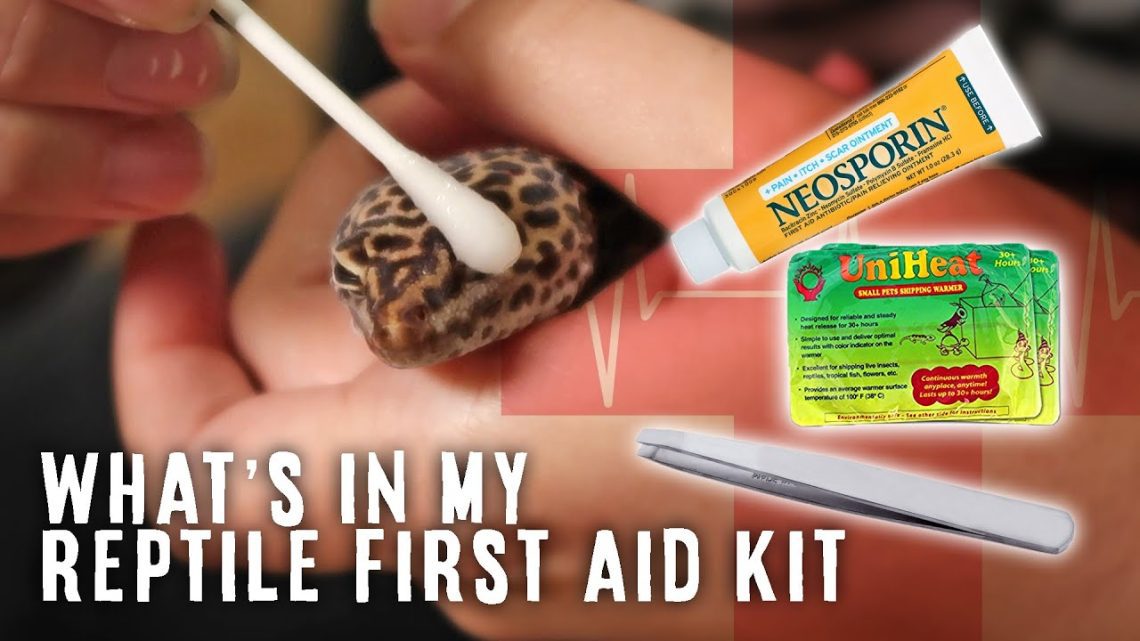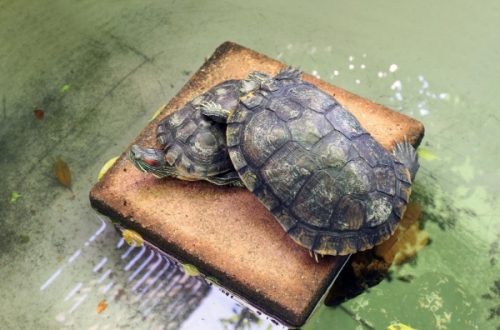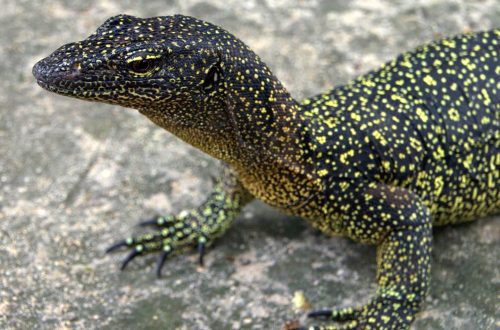
Reptile Owner’s First Aid Kit.
Every pet owner needs to have at least a minimal set of medicines and consumables on hand, in case they are needed, and there simply will not be time to run and look. Reptile owners are no exception. This, however, does not cancel a visit to the veterinarian. Many drugs are best used after consultation and recommendation of a specialist. Self-medication is often dangerous.
First of all, this is various consumables:
- Gauze napkins for the treatment and cleansing of the wound, applying a bandage to the affected area.
- Bandages, plaster (it is very good to have self-locking bandages) – also for applying to a wound, a fracture site.
- Cotton swabs or just cotton wool, cotton swabs for treating wounds.
- Hemostatic sponge to stop bleeding.
- syringes (depending on the size of your pet, it is better to find syringes for 0,3; 0,5; 1; 2; 5; 10 ml). Syringes of 0,3 and 0,5 ml are not often on sale, but for small pets, the dosage of many drugs for which is also small, they are simply irreplaceable.
Disinfectants, antibacterial and antifungal ointments. Reptiles should not use alcohol-containing preparations.
- Betadine or Malavit. Antiseptics that can be used as a solution for wound treatment, and in the form of baths in the complex treatment of bacterial and fungal dermatitis, stomatitis in snakes.
- Hydrogen peroxide. For the treatment of bleeding wounds.
- Dioxidine solution, chlorhexidine 1%. For washing wounds.
- Terramycin spray. For the treatment of wounds. It contains an antibiotic and dries well weeping skin lesions.
- Aluminum spray, Chemi spray. It can also be used for the treatment of wounds, postoperative sutures.
- Solcoseryl, Baneocin, Levomekol or other analogues. Treatment of wounds, treatment of bacterial skin lesions.
- Nizoral, Clotrimazole. Treatment of fungal skin dermatitis.
- Triderm. For the complex treatment of fungal and bacterial dermatitis.
- Ointment Eplan. Has an epithelializing effect, promotes rapid healing
- Contratubex. Promotes the fastest resorption of scars.
- Panthenol, Olazol. Treatment of burn wounds.
Anthelmintics. Without indications and clinical manifestations, it is better not to give antihelminthics just for prevention.
1. Albendazole. 20–40 mg/kg. Treatment of helminthiases (except for pulmonary forms). Given once.
or
2. ReptiLife suspension. 1 ml/kg.
For the treatment of tick infestation – Bolfo spray.
For the treatment of eye diseases:
Eye drops Sofradex, Ciprovet, Gentamycin 0,3%. Sofradex drops help well with itching, but they can not be dripped in a course of more than 5 days.
For eye injuries, the veterinarian may prescribe drops Emoxipin 1%.
For the treatment of stomatitis, you may need:
- Tablets Lizobakt, Septifril.
- Metrogyl Denta.
Vitamin and mineral complexes:
- Feeding for regular giving with food (Reptocal with Reptolife, Reptosol, or analogues of other companies).
- Injectable vitamin complex Eleovit. It is prescribed for hypovitaminosis and is injected twice with an interval of 14 days at a dosage of 0,6 ml / kg, intramuscularly. As a replacement, you can look for multivit or introvit. All of these drugs are veterinary.
- Catosal. Injectable drug. Contains vitamins of group B. It is administered at the rate of 1 ml / kg, intramuscularly, once every 4 days, the course is usually 3 injections.
- Ascorbic acid 5% for injection. Injected 1 ml / kg, intramuscularly, every other day, the course is usually 5 injections.
- Calcium borgluconate (veterinary) is injected with a lack of calcium in the body at a dosage of 1-1,5 / kg subcutaneously, every other day a course of 3 to 10 injections, depending on the disease. If this drug is not found, then use calcium gluconate 2 ml / kg.
- Less common, but injections may sometimes be required milgamma or Neuroruby. Especially in the treatment of diseases and injuries affecting the nervous tissue (for example, spinal injuries). It is usually injected at 0,3 ml / kg, intramuscularly, once every 72 hours, with a course of 3-5 injections.
- Calcium D3 Nycomed Forte. In the form of tablets. It is given at the rate of 1 tablet per 1 kg of weight per week, with a course of up to two months. Used in the long-term treatment of rickets.
Antibiotics and other drugs. Any antibiotics are prescribed by a doctor, he will advise which antibiotic to inject, dosage and course. Antibiotics are injected strictly into the front of the body (intramuscularly into the shoulder). Most commonly used:
- Baytril 2,5%
- Amikacin
With swelling of the intestines or stomach, a probe is inserted deep into the esophagus Espumizan. 0,1 ml of Espumizan is diluted with water to 1 ml and is given at the rate of 2 ml per 1 kg of body weight, every other day, a course of 4-5 times.
With dehydration and lack of appetite, the pet can be injected subcutaneously with solutions (Ringer Locke or Ringer + Glucose 5% at the rate of 20 ml / kg, every other day), or drink Regidron (1/8 sachet per 150 ml of water, drink about 3 ml per 100 grams of weight per day). Diluted Regidron is stored for a day, it is necessary to make a new solution every day.
In the presence of bleeding that is difficult to stop with mechanical treatments and bandages, it is done intramuscularly Dicynon 0,2 ml/kg, once a day, in the upper arm. The course depends on the disease and condition.
These are far from all the drugs used to treat reptiles. Each specific disease is treated according to the scheme and drugs selected by a veterinary herpetologist. He will calculate the dosage, show how to administer the drug, write down the course of treatment. Here, as in all medicine, the main principle is “do no harm.” Therefore, after providing first aid to a pet (if possible), show it to a specialist for further treatment.





